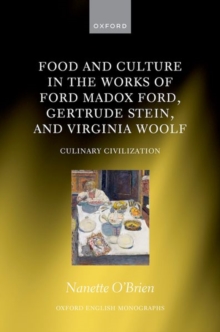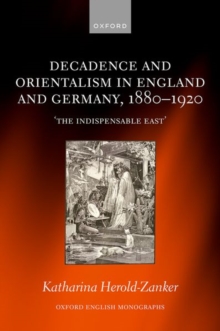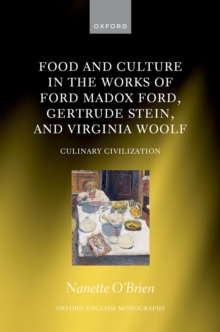
The Representation of Bodily Pain in Late Nineteenth-Century English Culture Hardback
by Lucy (Lecturer in English, Lecturer in English, University of Wales, Aberyswyth) Bending
Part of the Oxford English Monographs series
Hardback
Description
This book presents a study of the ways in which concepts of pain were treated across a broad range of late Victorian writing, placing literary texts alongside sermons, medical textbooks and the campaigning leaflets, in order to suggest patterns of presentation and evasion to be perceived throughout the different texts assembled.
Pain is not a shared, cross-cultural phenomenon and this book uses the examples of fire-walking, flogging, and tattooing to show that, despite the fact that pain is often invoked as a marker of shared human identity, understandings of pain are sharply affected by class, gender, race, and supposed degree of criminality.
In arguing this case, Virginia Woolfs claim that there is no language for pain is taken seriously, but the importance of this book lies in its exploration of the ways in which the seemingly incommunicable experience of bodily suffering can be conveyed.
Information
-
Out of stock
- Format:Hardback
- Pages:320 pages, 4 black and white text illustrations
- Publisher:Oxford University Press
- Publication Date:31/08/2000
- Category:
- ISBN:9780198187172
Information
-
Out of stock
- Format:Hardback
- Pages:320 pages, 4 black and white text illustrations
- Publisher:Oxford University Press
- Publication Date:31/08/2000
- Category:
- ISBN:9780198187172










